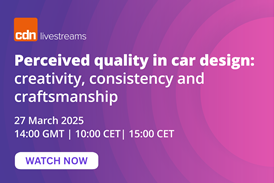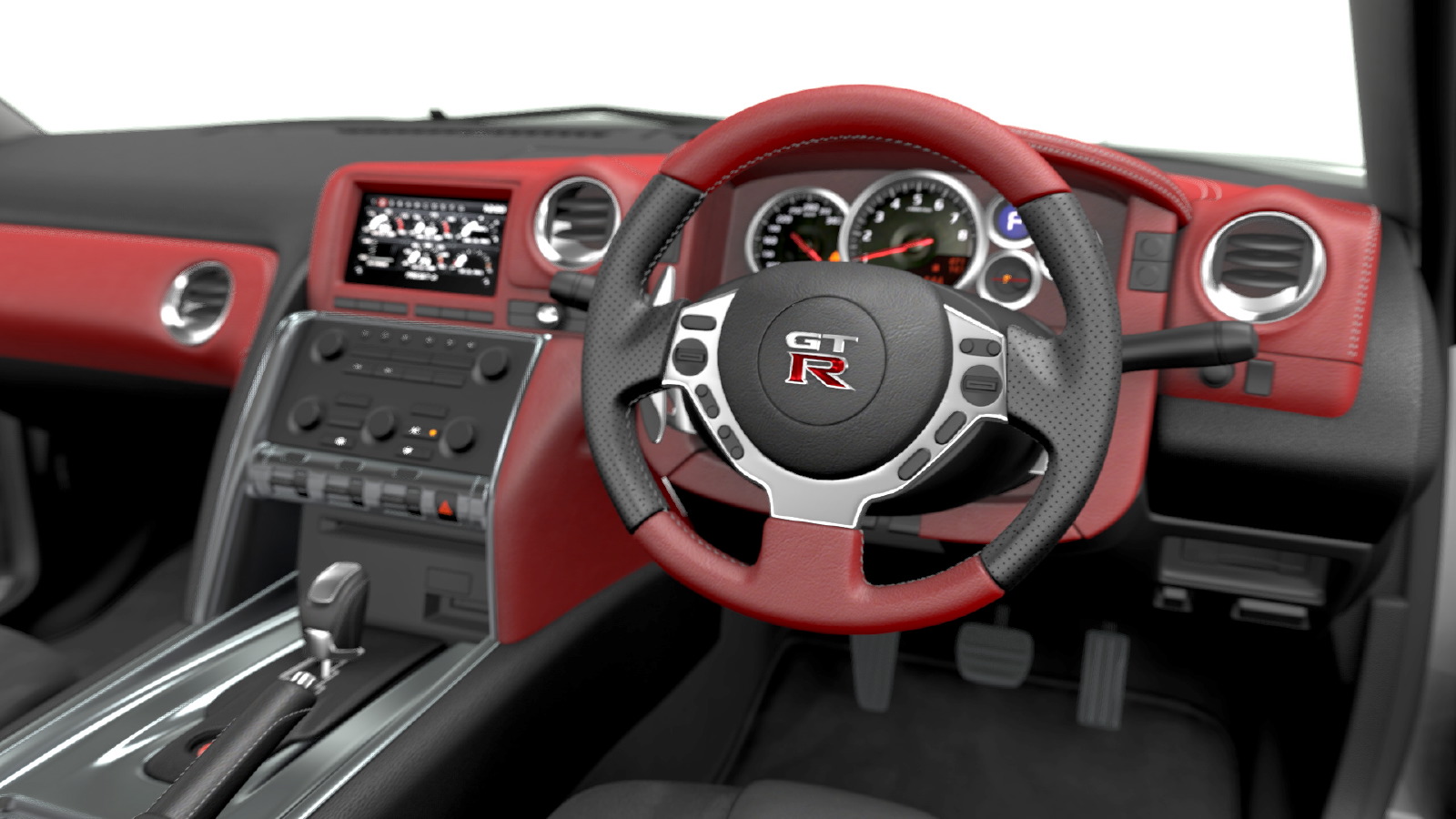
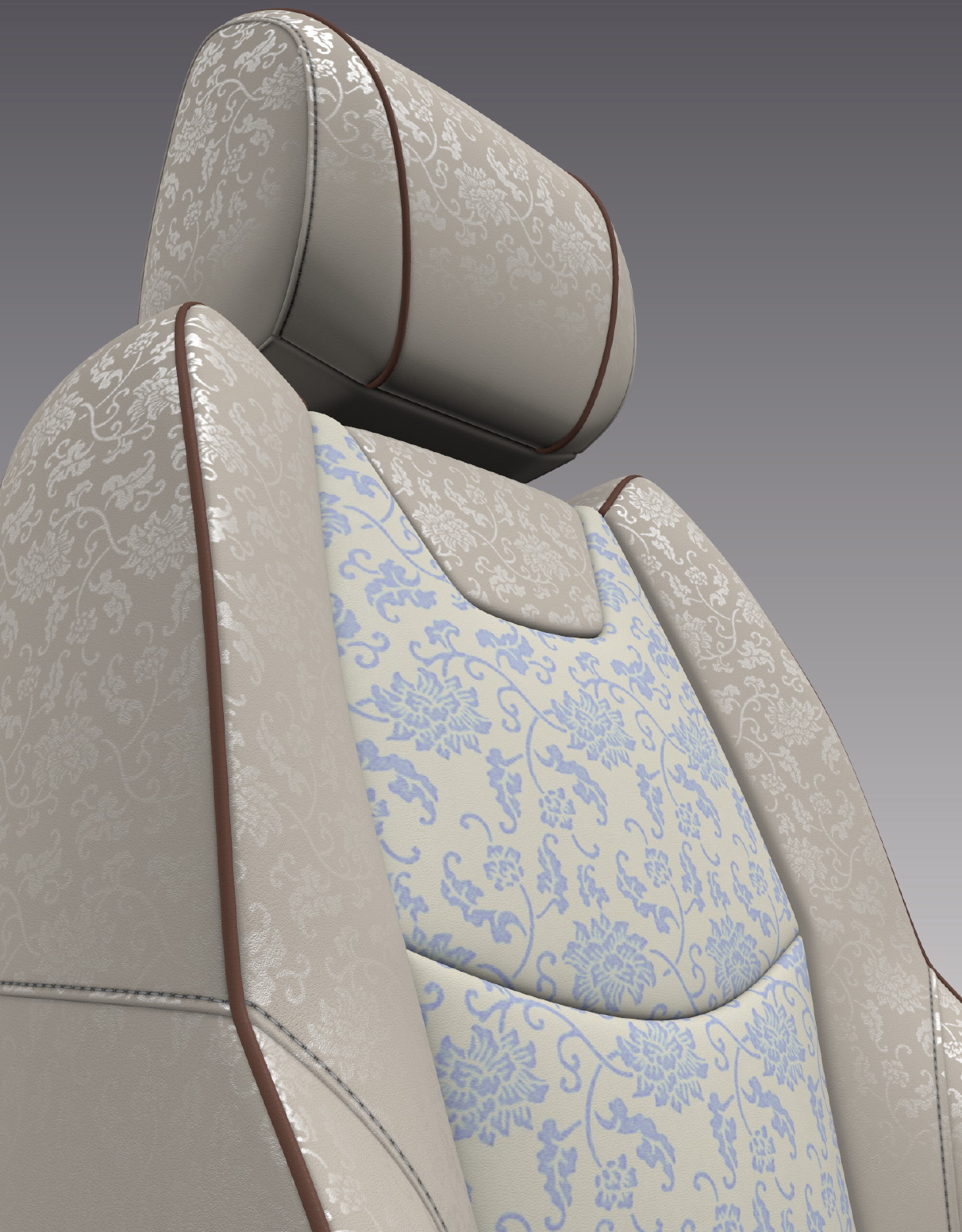
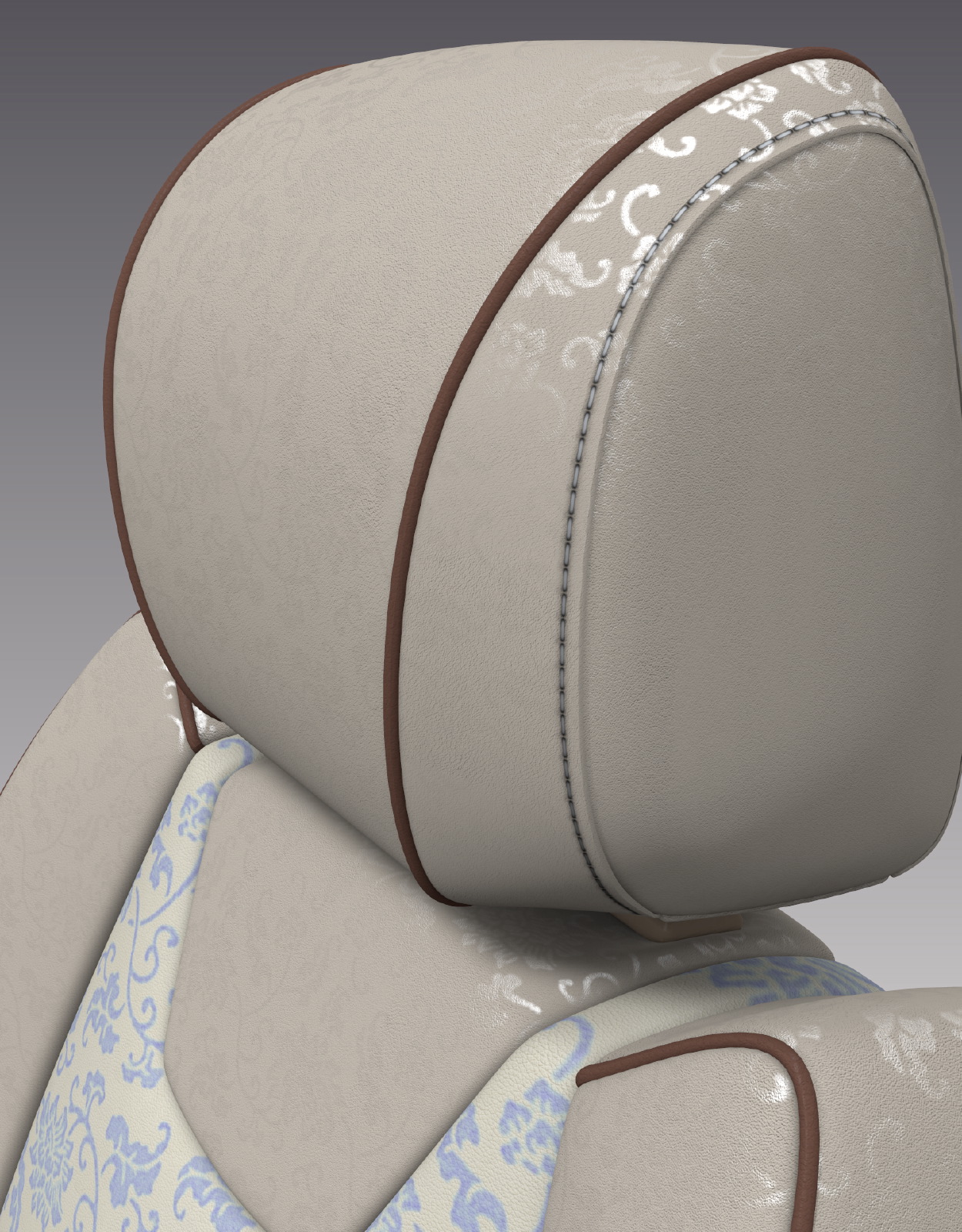

Real-time visualization software is transforming the speed and ease with which design teams can develop interior proposals, saving time and money in the process, as Lumiscaphe's visualization designer and Eagle Ottawa China's Design Director of the Asia Pacific region discussed with Car Design News.


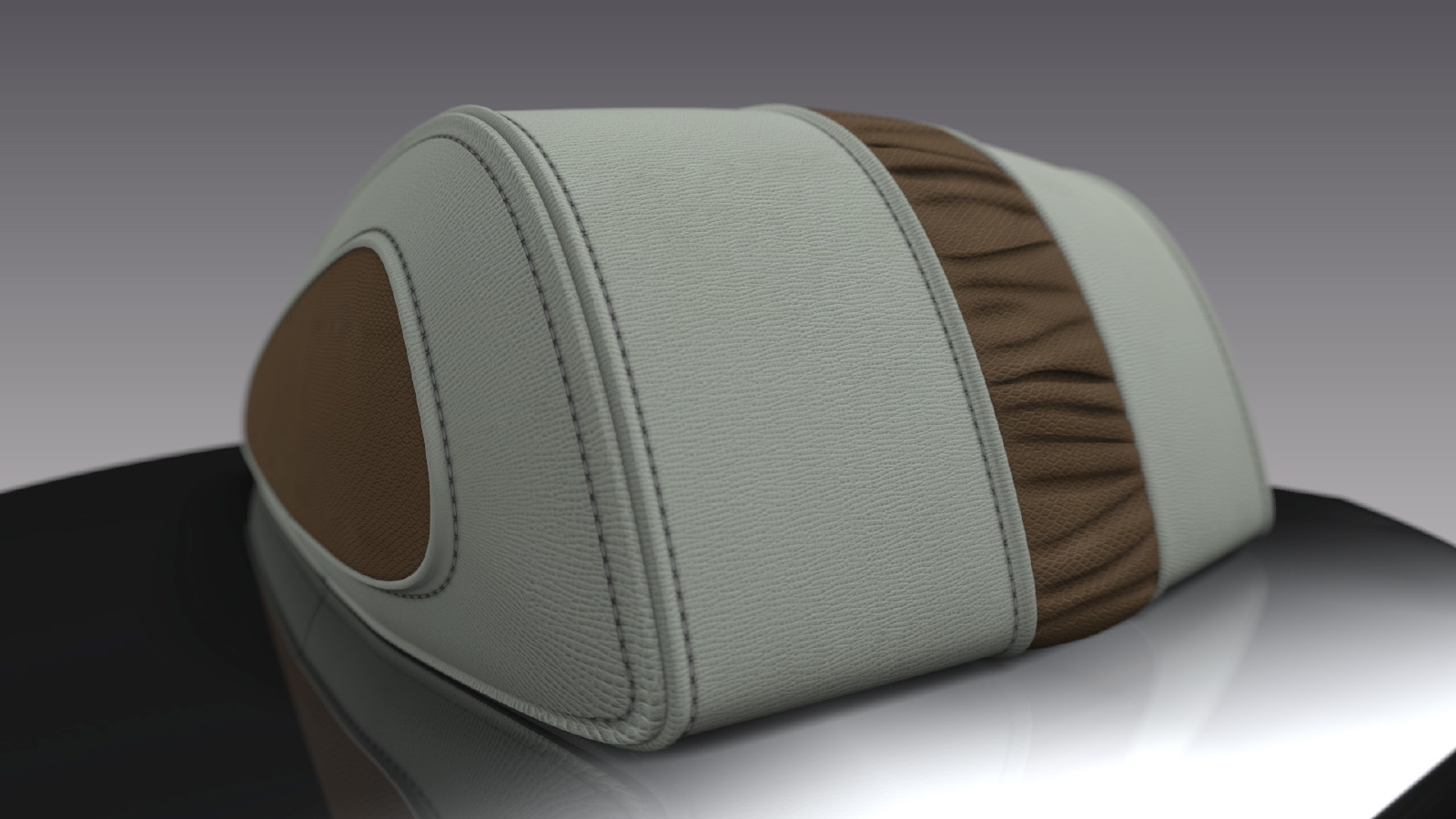
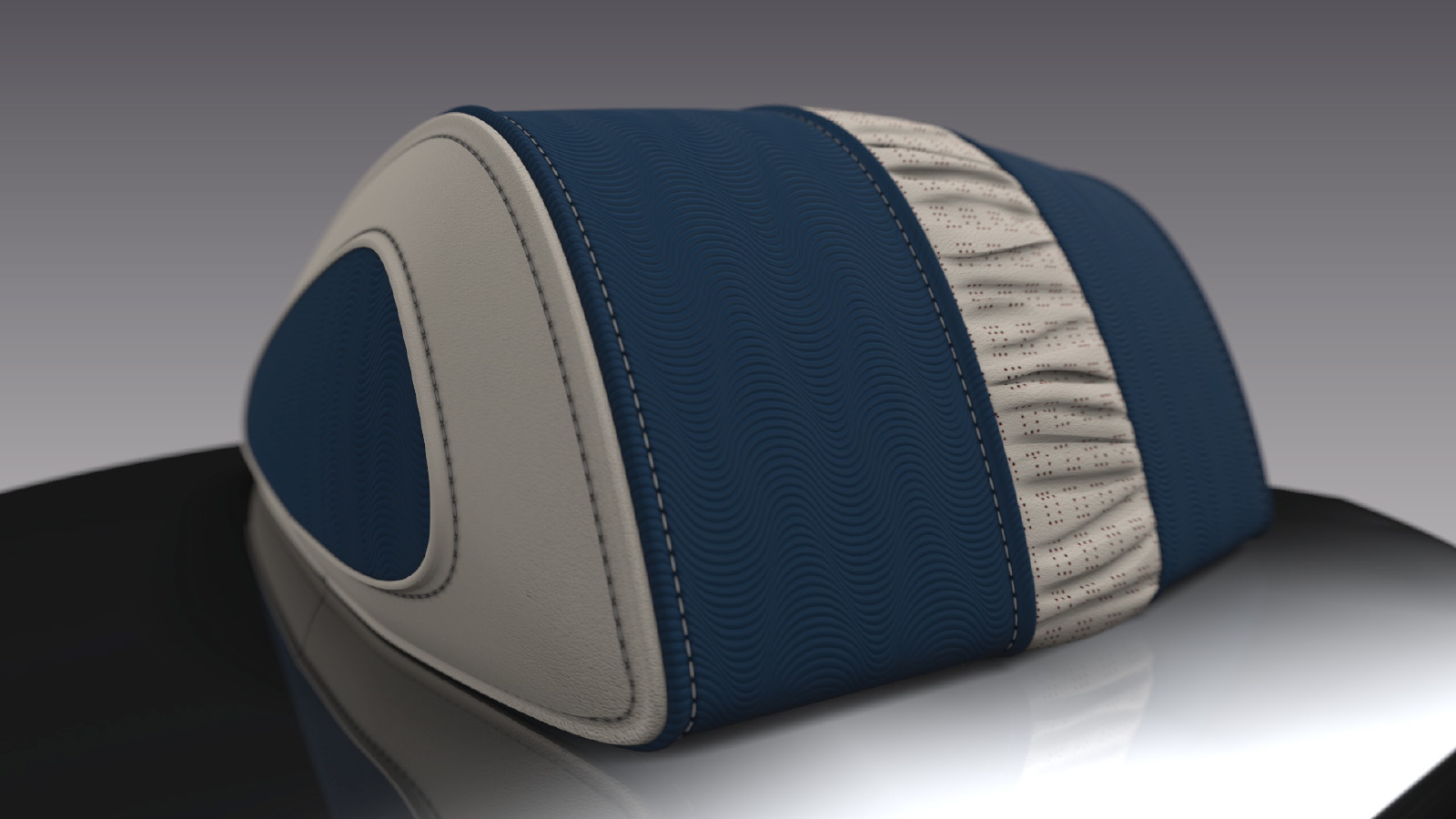
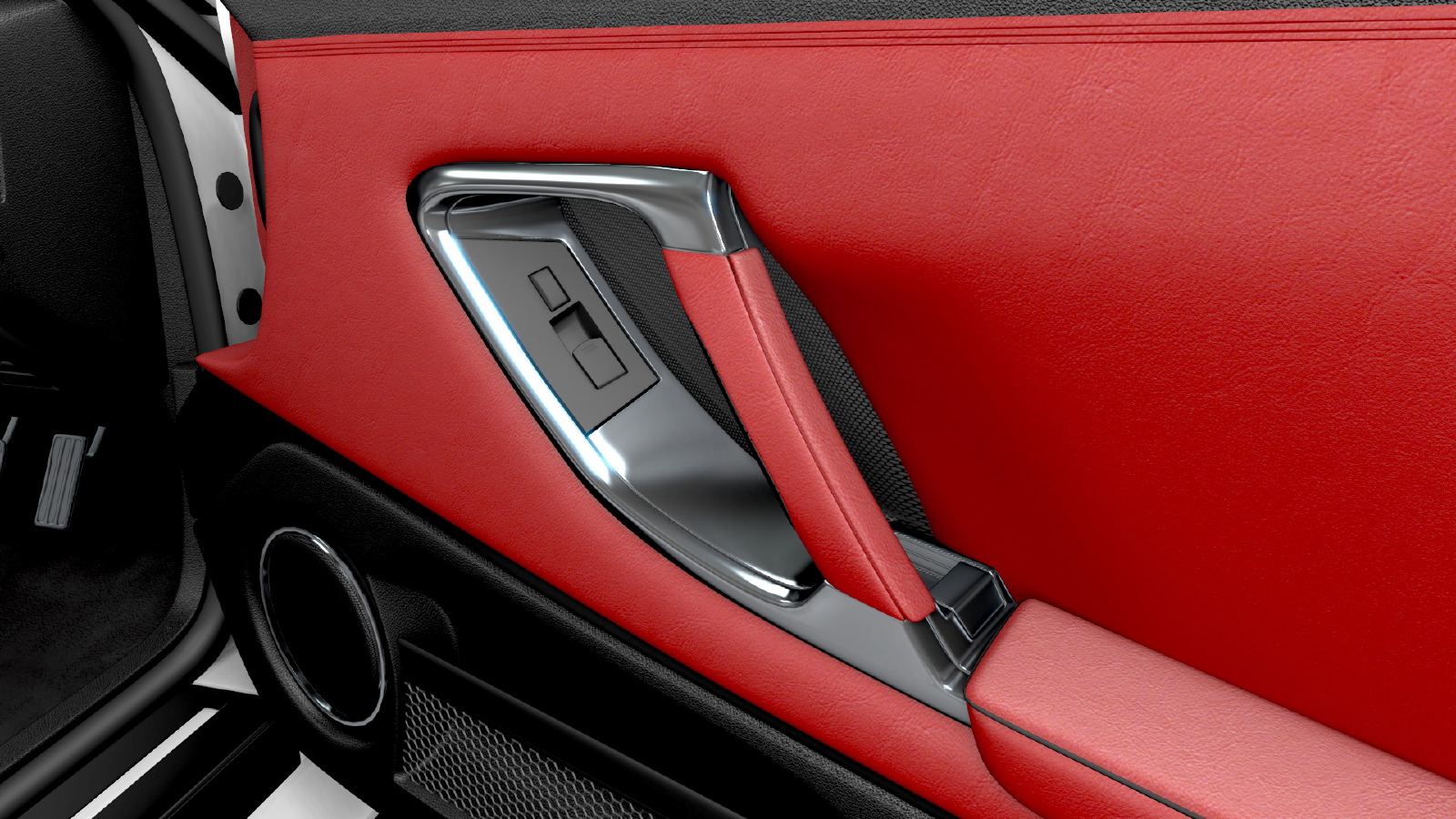
"Until very recently we relied purely on flat and trimmed leather samples and photography when visiting clients," explains Erik Vogas, Eagle Ottawa China's Director of Design, Marketing and Innovation in Shanghai. "Physical samples are always the most compelling, but we are also impacted by the timing and cost constraints of creating those samples. Now using Lumiscaphe's Patchwork 3D software as a supplementary part of our design process we call "CoCreation", we can have improved communication with our customers about how the leather is going to look on a form, and what grains and colors are most appropriate, without necessarily having a physical sample. We can also quickly visualize where other key design elements such as stitches, perforation and embroidery will harmonize on the seat."
Vogas became Director of Eagle Ottawa China's design team a year ago, and his background in design software quickly made him realize the benefits that real-time visualization software could bring to his new role. Eagle Ottawa China began testing the Lumiscaphe software in early 2011, and now the Shanghai-based studio has two Patchwork 3D licenses loaded on to their laptops for use when visiting OEM clients.
High quality and flexible
The computing flexibility of Lumiscaphe software is key, as James Brown, Lumiscaphe's visualization designer, explains: "Where our software stands out is on interior and material simulation. Plenty of products can do exterior renderings, but once you get into the cabin it's different. With our kit you simply import a model - from any other software - create some shadows and then you can apply any kind of material, either created in the software or from a scanned physical sample and create virtual samples that look absolutely real."
Quick
Beyond flexible, Patchwork 3D is also incredibly quick compared to creating real-world samples or offline renderings. as Brown continues. "With off-line renderings you had to set up all your proposed changes, click ‘render' and then wait hours for your final image. Our real-time software renders a minimum of 24 frames per second. You can drag and drop materials on to geometry and rotate in real-time too."
Robust and easy
Lumiscaphe isn't the only real-time visualization software provider, but a factor Vogas particularly appreciates about its system is its stability in real-world use. "We were in a meeting with a customer today," he continues, "and all the functionality we needed to do the presentation was on one laptop. It really doesn't take heavy duty computing kit. It's also highly stable and reliable, which is critical in presentations. The interface is intuitive as well, which makes it great for novice and expert users alike."
Extra software
Beyond the core Patchwork 3D product there are other satellite specialist modules that can be added as necessary - from Anima (for animation) and Ray-IT (for ray-tracing work to calculate reflections from windscreens) and more. One of the most universally useful is Portfolio - a product that allows clients to remotely view Patchwork 3D files quickly and easily. Free to download, it means, as Brown succinctly puts it, "instead of shipping out a leather sample via Fed Ex across the world you can send out a digital sample and have it viewed by your client in minutes".
Eagle Ottawa is utilizing the tool in the Asia Pacific region and, if customer reactions and engagement continue to be positive, it's possible that CoCreation using P3D may be rolled out across the firm's global design operations, as Vogas concludes. "We've got 30 leather and perforation samples in our digital library currently, and we intend to expand that to around 80 in the near future. We're now having design conversations in real-time that are a little more dynamic, like ‘this color's great but can we push it bluer', or ‘this grain's a bit light, can you show me a heavier one '. It helps us make decisions together with our customers just a bit faster, and ultimately allows us to help them realize their design vision accurately - which is the true goal."


























